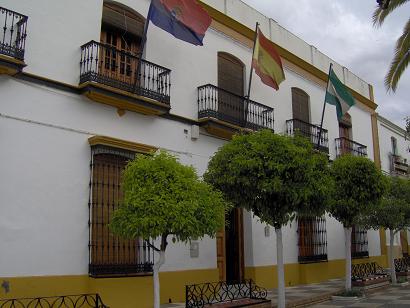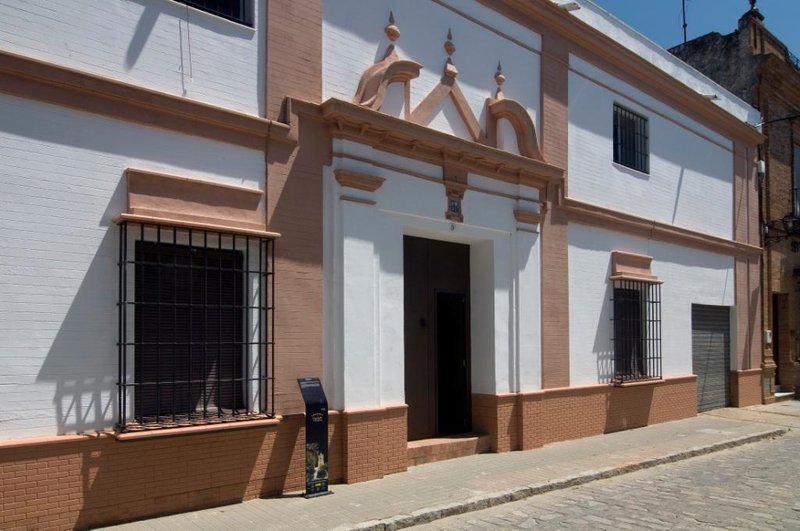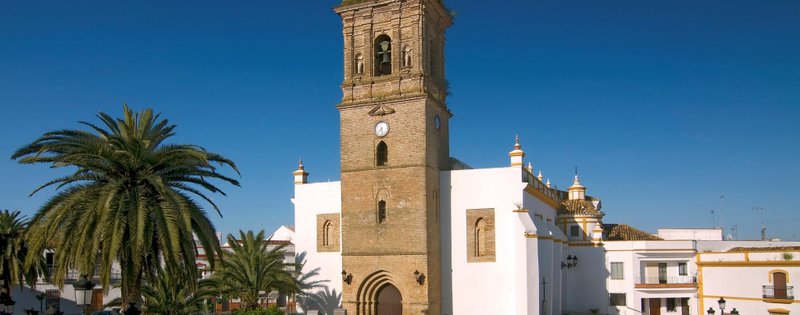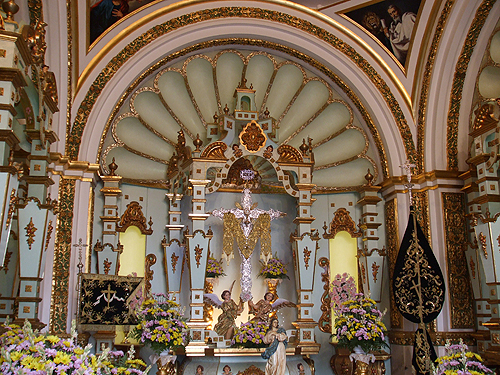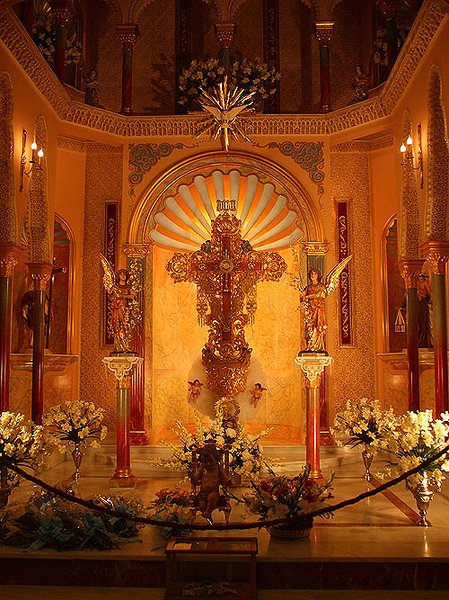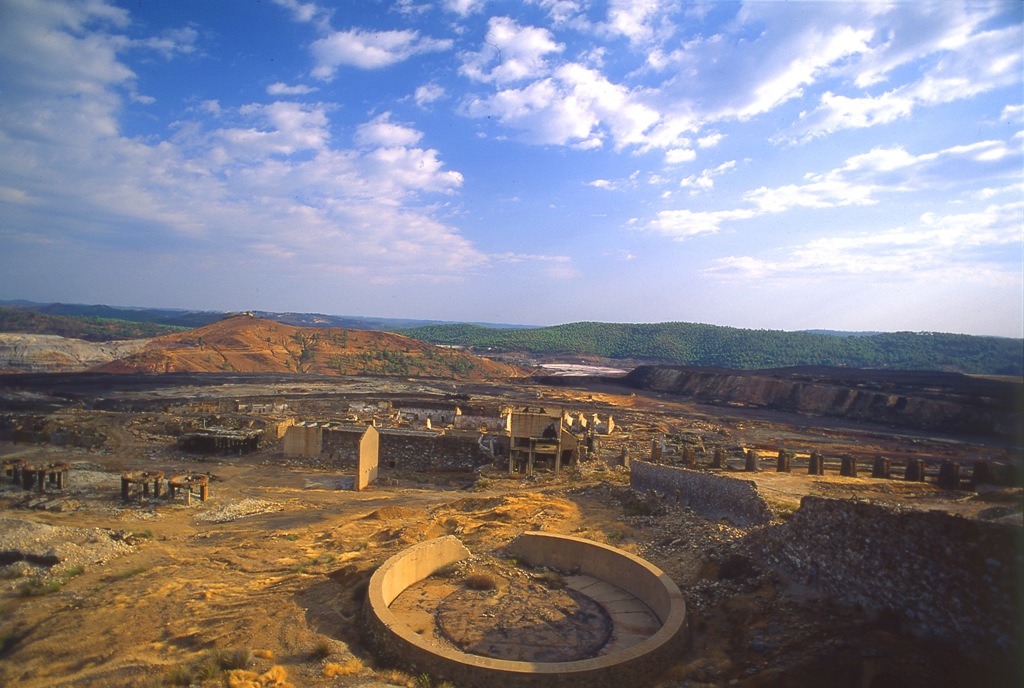Paterna del Campo
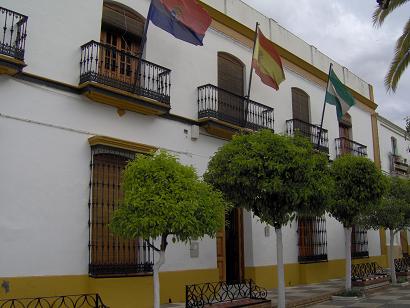
Village belonging to the region of Condado and situated in the east of the province on fertile lowlands dedicated to the growing of cereals, olive trees and vines. There is also a zone of mountains with luxurious vegetation.
Within the village there are various monuments such as Saint Bartholomew's Church, the Cilla House, the Chapel of Santa Cuz de la Victoria, the Chapel of the Santísima Cruz de Abajo and the Roman aqueduct of Italica.
History
The first human settlements date from the Metal Age of 1500-1400 BC.
In the first millenium BC, Phoenicians and Greeks gave way to the Tartessian civilization and some time after, new settlements were formed like those of Castildostia, Viquera and Antujena, which formed part of the Turdetans.
In Roman times it was called Ituci. It achieved an advanced state of development to the point of having its own mint, public services and great buildings and walls.
With the Visigoths it suffered a notable recession in its economy.
In the Al-Andalus period, at the beginning of the Moslem conquest, due to the richness of its land, the Arabic aristocracy installed itself in the village, converting it into the head of the Iqlim Al-Basal and its name was changed to Talyata.
The Christian conquest was carried out by Fernando III, although it continued under the mandate of an Almohad kinglet called Hamed who remained as tributary lord.
In 1291, by privilege of Sancho IV, it was granted the title of "villa".
The dominion of the village passed through various hands until, in the constitution of 1812, the jurisdictional estates were abolished and in this way it achieved its independence as a municipality.

- Max 19
- Min 11
- Max 66
- Min 51
- °C
- °F

